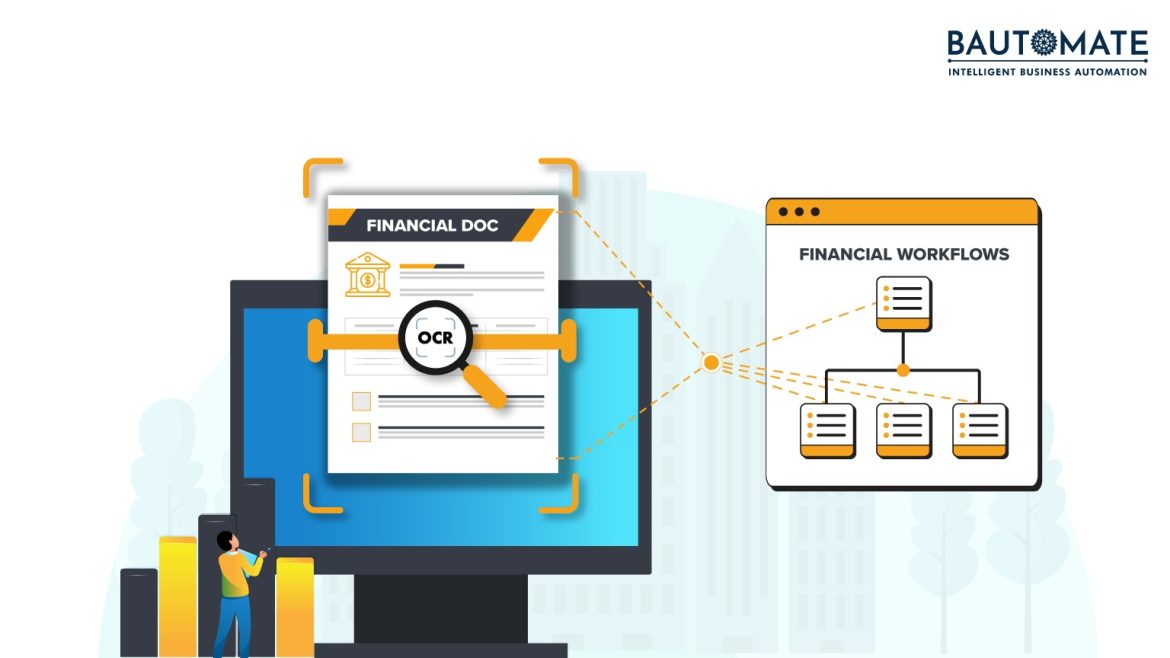In the ever-evolving landscape of banking and finance, the adoption of advanced technologies is imperative for staying competitive and meeting the demands of customers. One such technology that has revolutionized banking operations is Optical Character Recognition (OCR). In this article, we will explore how OCR is transforming check processing and document verification in the banking sector, enhancing efficiency, accuracy, and security.
Streamlining Check Processing
Traditional check processing involves manual sorting, data entry, and verification processes, which are not only time-consuming but also prone to errors. OCR technology automates these processes by capturing, extracting, and interpreting data from checks with remarkable speed and accuracy.
By leveraging OCR, banks can process checks in real-time, significantly reducing processing times and enabling faster fund availability for customers. Moreover, OCR-enabled check processing systems can automatically detect and flag suspicious activities, such as duplicate checks or fraudulent signatures, enhancing fraud detection and prevention measures.
Enhancing Document Verification
Document verification is a critical aspect of banking operations, especially during account opening, loan processing, and compliance procedures. Traditional methods of document verification rely heavily on manual inspection, which is labor-intensive and susceptible to human error.
OCR technology automates document verification processes by extracting relevant information from identification documents, such as passports, driver’s licenses, and utility bills. By analyzing and cross-referencing extracted data with internal and external databases, OCR systems can verify the authenticity of documents and ensure compliance with regulatory requirements.
Improving Accuracy and Compliance
Manual data entry and verification processes are not only time-consuming but also prone to errors, which can have significant repercussions in banking operations. OCR technology enhances accuracy by automating data extraction and validation processes, minimizing the risk of human error and ensuring data integrity.
Furthermore, OCR solutions help banks comply with regulatory standards and industry regulations, such as Know Your Customer (KYC) and Anti-Money Laundering (AML) requirements. By automating document verification and compliance procedures, banks can streamline onboarding processes, mitigate compliance risks, and enhance customer due diligence practices.
Enhancing Customer Experience
In today’s digital age, customers expect seamless and convenient banking experiences. OCR technology plays a pivotal role in enhancing the customer experience by enabling faster and more accurate transaction processing, reducing wait times, and minimizing paperwork.
For example, OCR-enabled mobile banking apps allow customers to deposit checks remotely by simply capturing an image of the check using their smartphones. This not only eliminates the need to visit a physical bank branch but also accelerates the check clearing process, providing customers with faster access to funds.
Conclusion
In conclusion, Optical Character Recognition (OCR) technology is transforming the banking industry by automating check processing and document verification processes. From streamlining check processing and enhancing document verification to improving accuracy, compliance, and customer experience, OCR empowers banks to operate more efficiently, securely, and competitively in the digital era. By embracing OCR solutions, banks can unlock new opportunities for innovation, growth, and customer satisfaction while mitigating risks and ensuring regulatory compliance.
